Shopping cart
Recent Posts
Newsletter
Sign Up to get updates & news about us . Get Latest Deals from Walker's Inbox to our mail address.
Phone Number:
+971 55 296 5870Sign Up to get updates & news about us . Get Latest Deals from Walker's Inbox to our mail address.
Phone Number:
+971 55 296 5870Imagine a scenario – you’re cruising the open seas on a sailboat, miles away from the nearest shore. While the vast expanse of the ocean offers unparalleled beauty and adventure, a crucial concern lurks beneath the surface – access to clean drinking water. This is where watermakers emerge as lifesavers, transforming seawater into potable water, ensuring a refreshing and safe drinking experience even in remote locations.
This comprehensive guide dives into the world of watermakers, exploring their working principles, various types, key considerations for choosing the right system, and their diverse applications.
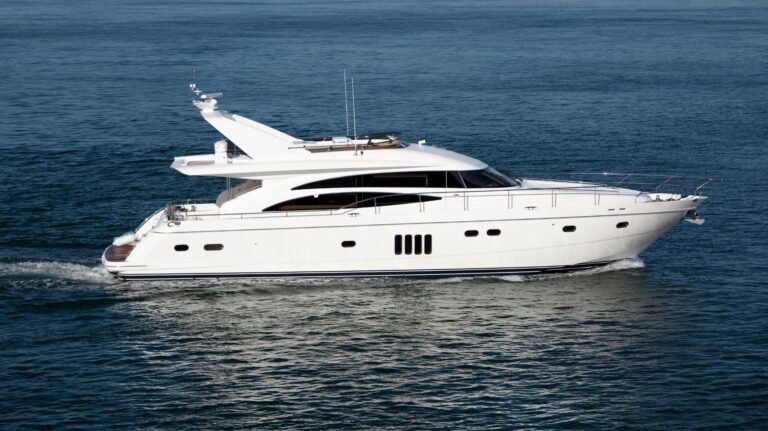
At their core, watermakers are desalination devices that utilize a process called reverse osmosis (RO). To remove dissolved salts and minerals from seawater, rendering it suitable for human consumption. Here’s a breakdown of the RO process:
Through this process, watermakers can produce clean, drinkable water from seawater. Offering a reliable source of freshwater on boats, offshore installations and also, in remote coastal communities.
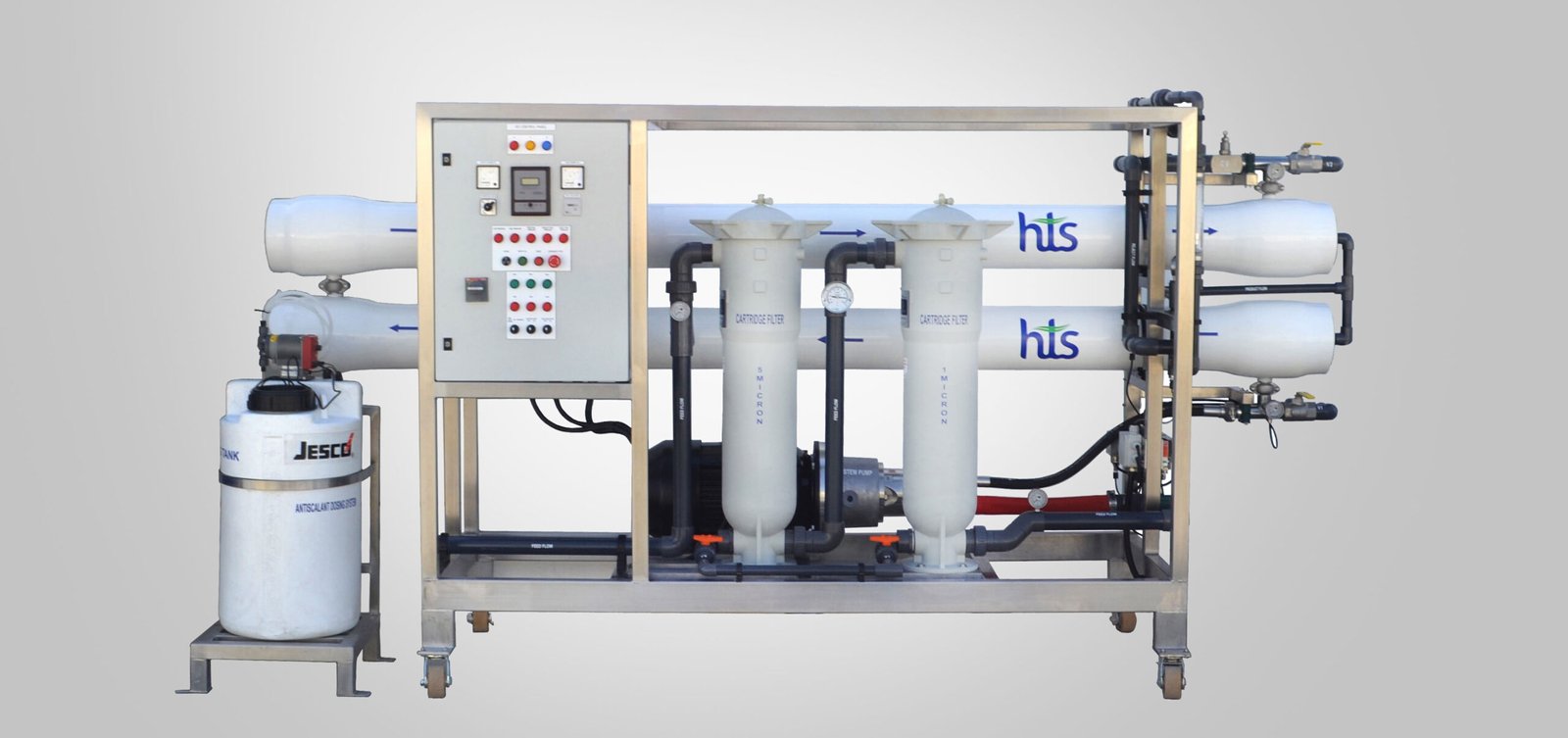
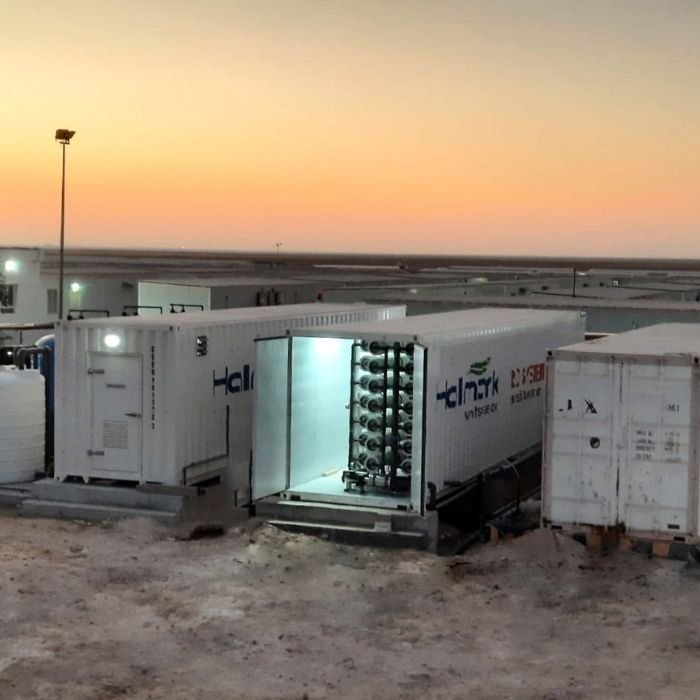
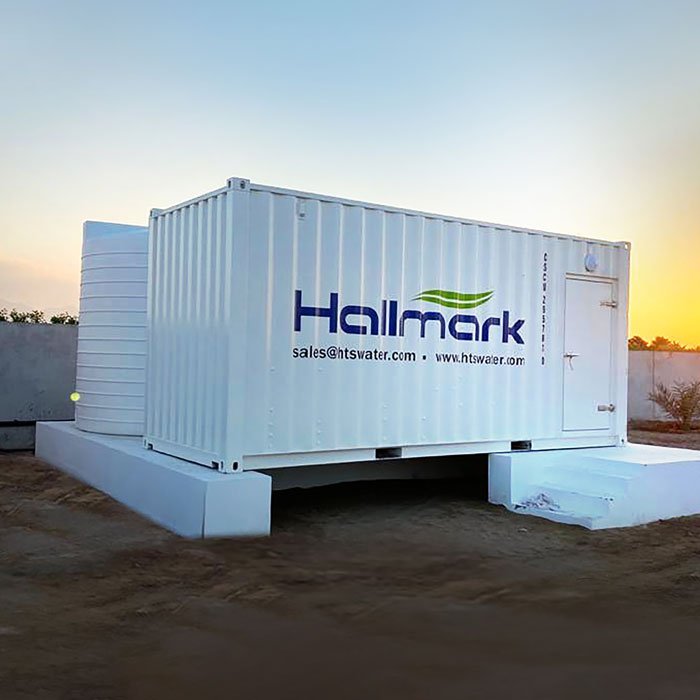
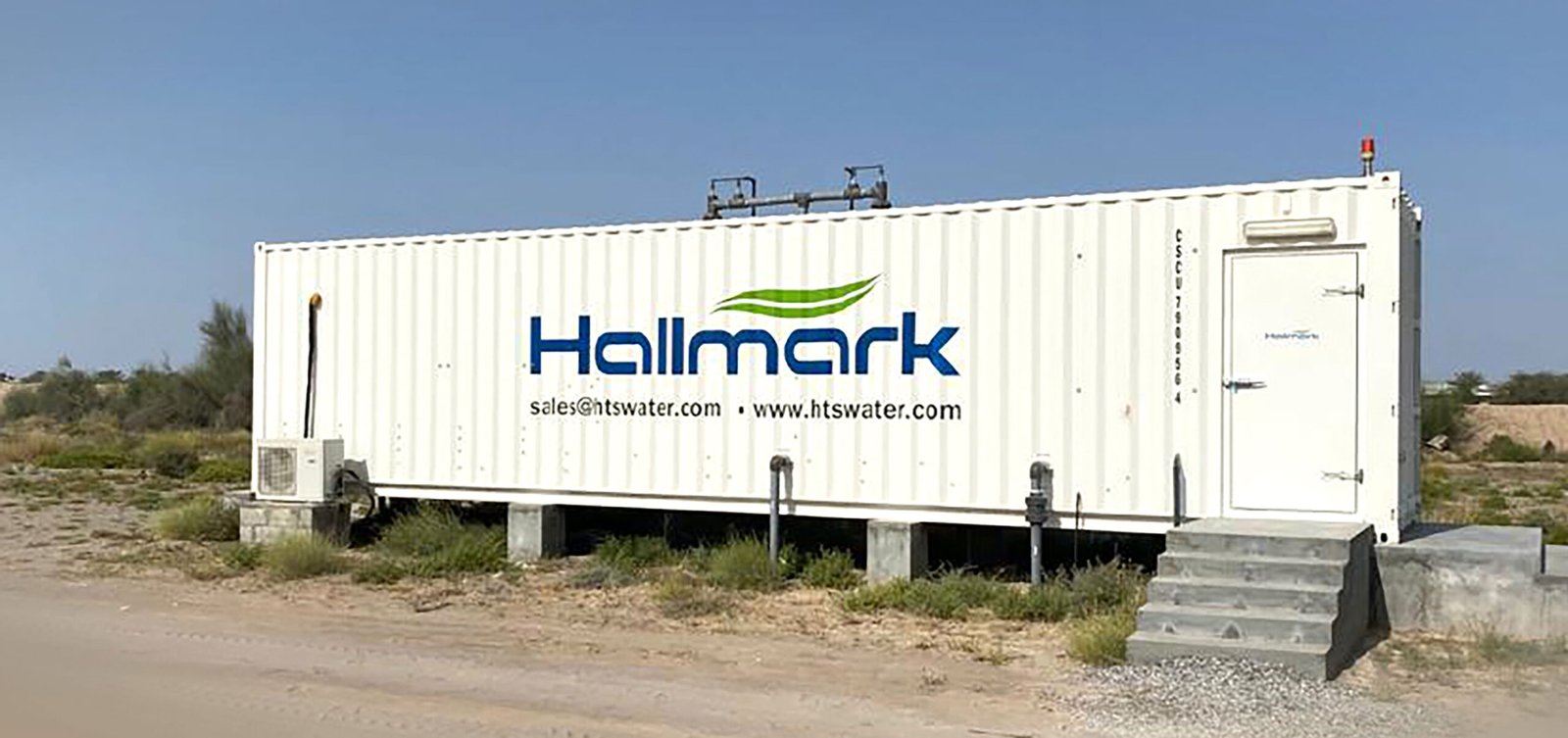
Watermakers come in various types, each with its own advantages and considerations:
Watermakers offer a multitude of advantages, making them valuable tools in various scenarios:
Owning a watermaker comes with certain responsibilities to ensure its optimal performance and longevity. Here are some key considerations:
Consulting the user manual and following the manufacturer’s recommended maintenance schedule is vital for ensuring the smooth operation and optimal performance of your watermaker.
The watermaker industry is constantly evolving, with advancements focusing on:
These advancements pave the way for a future where watermakers become even more efficient, sustainable, and accessible, ensuring a reliable source of fresh water for various applications.
Watermakers represent a technological marvel, transforming seawater into a life-sustaining resource – fresh drinking water. For those venturing offshore, residing in water-scarce regions, or facing disaster situations, watermakers offer a lifeline, ensuring access to clean water. As technology continues to evolve, watermakers promise to become even more efficient, sustainable and also, a crucial tool in addressing global water security challenges. By understanding the principles, types, and considerations surrounding watermakers. Similarly you can leverage this innovative technology to secure your own access to fresh water, fostering independence and also, environmental consciousness.
Capacities can vary widely, ranging from a few hundred gallons per day. For small businesses to millions of gallons per day for large-scale municipal applications.
The effectiveness of an RO system depends on the quality of the feed water. A pre-treatment assessment is crucial to determine the appropriate level of pre-treatment needed before the RO process.
The disposal of brine reject is subject to environmental regulations. It may be discharged into a sewer system, further treated for reuse, or disposed of through deep well injection depending on the salinity and local regulations.
Regular maintenance is essential for optimal performance. This may involve replacing pre-treatment filters, cleaning the RO membranes, and monitoring system performance.
Factors include the required freshwater capacity, feed water quality, available space, budget, and desired level of automation. Consulting with a reputable manufacturer or supplier is essential to select the most suitable system for your specific needs.
Onshore RO watermakers offer a powerful solution for addressing water scarcity and also, ensuring a reliable source of high-quality freshwater for diverse applications.